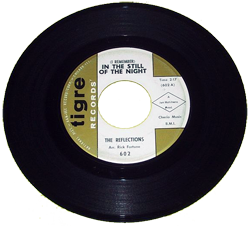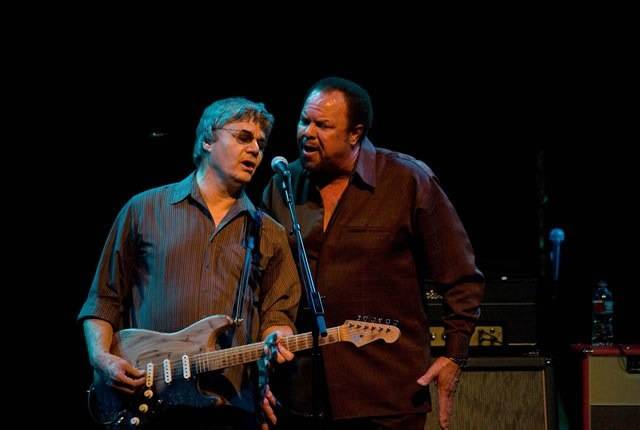The Indianapolis Times
My last job in Indianapolis was at the Indianapolis Times. I was hired in 1963 to sell classified advertising. I didn’t realize it at the time but it was a dead end job because Scripps-Howard had already announced they planned to discontinue the paper. The Indianapolis Star, a morning paper, had already gobbled up the Indianapolis News, portending the change in the business environment. You needed to know the news before your working day not leisurely looking at in the evening.

The venerable Indianapolis Times, also an afternoon paper, held on even longer than it should have to try and keep Indianapolis from becoming a one newspaper town. Even then it was realized how dangerous it was to have only one news source (FoxNews crack addicts are you listening?).
[Location: 300 block W. Maryland Street at Capitol Avenue, Indianapolis (Marion County, Indiana)]
Life at a Dying Newspaper
I was excited at the prospect of working for a newspaper at first but my department had realized long before I arrived that there was no future in working hard at the Times. We met at 8 o’clock in the morning for a half an hour sales meeting, usually including donuts and coffee (some people surreptitiously adding a little kick to their coffee even that early). Then everyone left, supposedly to work on sales for the classified ads. I was told to ‘cold call’ car lots, gas stations, radio stations, local businesses, etc. to drum up sales but within a couple of weeks some of the old timers told me not to waste my time. I would get ads from the companies that just wanted to be in every publication but I wouldn’t get any new ads because everyone knew the Time wouldn’t be in business much longer and circulation was way down.
Everyone in the department except me was split into two groups. The golfers, who left immediately for the links after the morning sales meeting, and the rest, who left for the bars. Around 4:30 everyone would gather again for the final sales meeting before leaving for the day. That could be a hoot as the barflys could be raucous and unruly and the golfers told outrageous lies about their golf game or sexual adventures.
For me, I found that I could slip into a library and read science fiction novels or meet up with some of the guys I sang with, most of whom were chronically unemployed. Often there were enough of us to get in some a cappella practice time. 1964 was the year we had a close brush with fame after recording “In The Still of The Nite” and our trips to Chicago to support the record. In the first few months of the year we still hoped we might be able to keep recording but the Indy Sound and Jan Hutchens Productions died as quickly as it had risen. It was on one such day in the fall that I recruited Mac Brown from the Casinos to come and sing with us. At our New Year’s Eve party on the last day of 1964, knowing that the day the Times would close was near I agreed to a brash proposal to try our luck as The Checkmates (precursor to Stark Naked and the Car Thieves) singing in night clubs. So in early February of 1965 I gave notice at the Times and tried my luck as a bar singer. Though that experience was a complete disaster life was never the same again.
Display Artist
One of the best things I learned at the Times was from the display artist. I would bring him display ads and he would draw them up right in front of me. He was half cartoonist and have illustrator. His main tools were a metal ruler and a #2 pencil. He would use the ruler to tear through newspaper pages and his pencil to block out new art, write in new copy using the ruler edge, and illustrate where and when needed. I’ve always been influenced by his rough and ready skill and talent even though the medium has changed to a digital world. I still keep a couple of steel rulers around for when I work on art in article, brochure, or book form even in this digital world.






